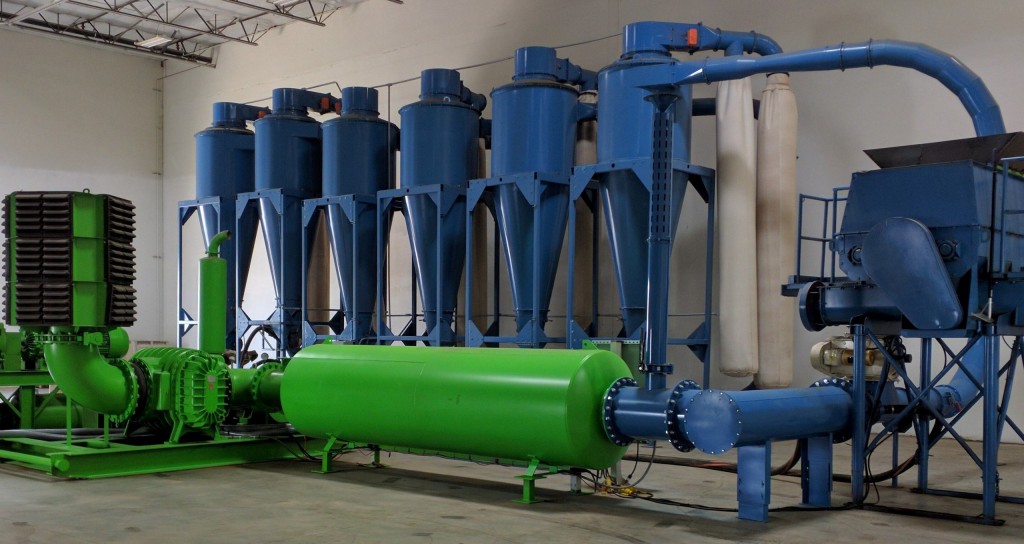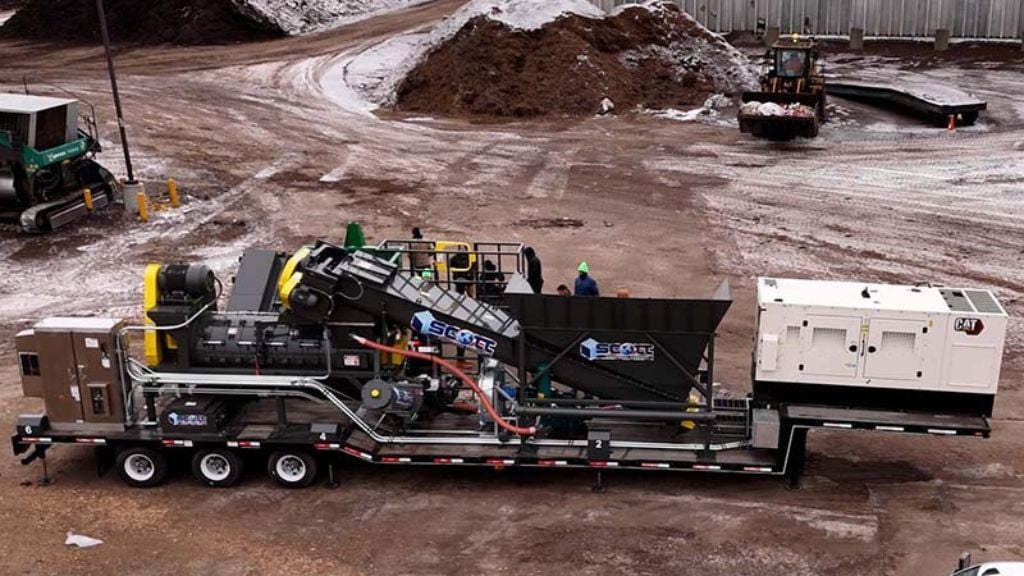The Dryclone air drying system provides energy-efficient way to decrease moisture in food waste

Food waste continues to be a huge challenge in Canada, according to the March 2018 report of the Commission for Environmental Cooperation (CEC). According to the CEC report, 396 kilograms of food is lost or wasted per capita each year across the food supply chain in Canada. Longer-term solutions will need to involve legislative and behavioural changes - for industry and consumers. But what can be done about the problem right now?
Food waste contains energy and nutrients, and with the right kind of processing, it can be put to very good use. Moisture content is the biggest barrier to getting at food waste's valuable attributes. Moisture typically makes up more than half the weight of food waste overall, adding significantly to transportation and disposal costs. Removing the moisture content will save on transportation and disposal costs and also make it easier to take advantage of the energy and nutrient content.
Most of the moisture found in food waste is contained inside the cell structure. Up to now, there hasn't been an energy-efficient way of getting rid of the moisture as conventional dryers can't get to the moisture inside the cell structure.
The Dryclone System
The Dryclone Air Drying System, manufactured by Resource Converting, LLC (RCI), based out of Las Vegas, is engineered to remove the moisture inside the cell structure of all organic materials, including food waste. The Dryclone system (shown above) uses huge volumes of high-speed air to dry food waste and carry the moisture away, while aerodynamically pulverizing material to shear open the cell structure and remove moisture inside the cells.
The Dryclone system can convert food waste with moisture content up to 75 percent, to total moisture content of 15 percent or less, depending on the characteristics of the waste. This results in a weight reduction of between 30 and 70 percent, depending on the initial moisture content, with a corresponding reduction in transportation and disposal costs. With the moisture removed additional value can be derived from the energy and nutrition content.
Once food waste has been processed in the Dryclone, it can be used in waste-to-energy processes. Food waste dried in the Dryclone has sufficient energy content to be a valuable addition to solid recovered fuel (SRF) and will also reduce overall ash percentage by weight.
As an alternative output option, if food waste is separated at source and kept separate throughout the process, once it's been processed in the Dryclone it can be used as an additive in animal feed or fertilizer.
Drying food waste with the Dryclone unlocks the true potential of its energy or nutrition value, and by removing moisture content the weight of food waste is reduced significantly. This means transportation and disposal costs, including off-taker fees, will go down significantly.
By using the right technology to create valuable end products, it can be cost-efficient to keep food waste out of landfills.
This article was submitted by North American Dryclone distributor, Ontario-based Recycling Equipment Canada, and was originally published in the July/August 2018 edition of Recycling Product News, Volume 26, No. 5.
Company info
55 Northfield Drive East, Suite 157
Waterloo, ON
CA, N2K 3T6
Website:
recyclingequipmentcanada.com



